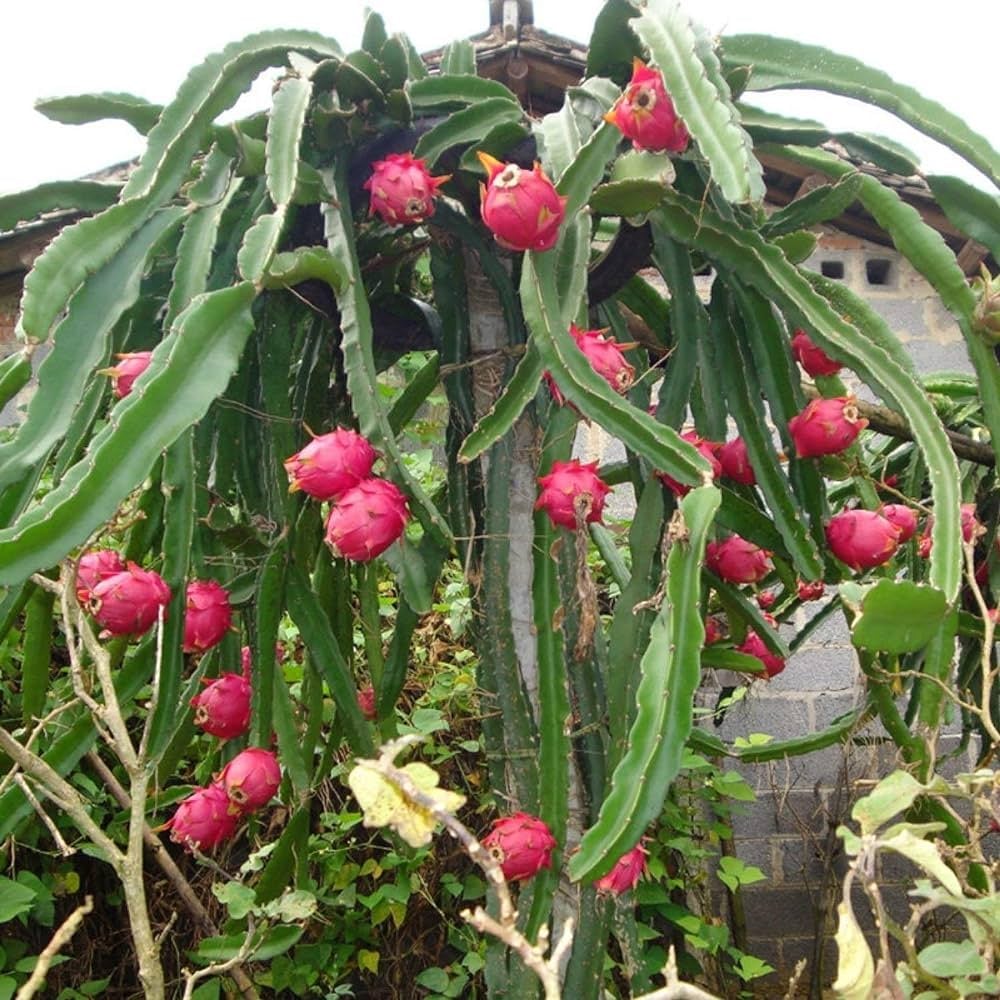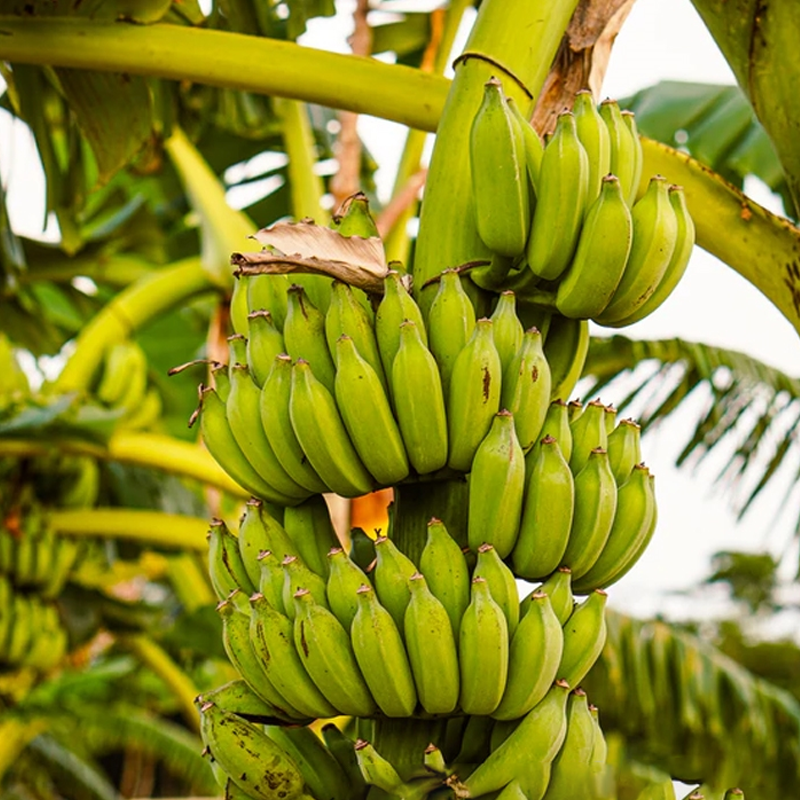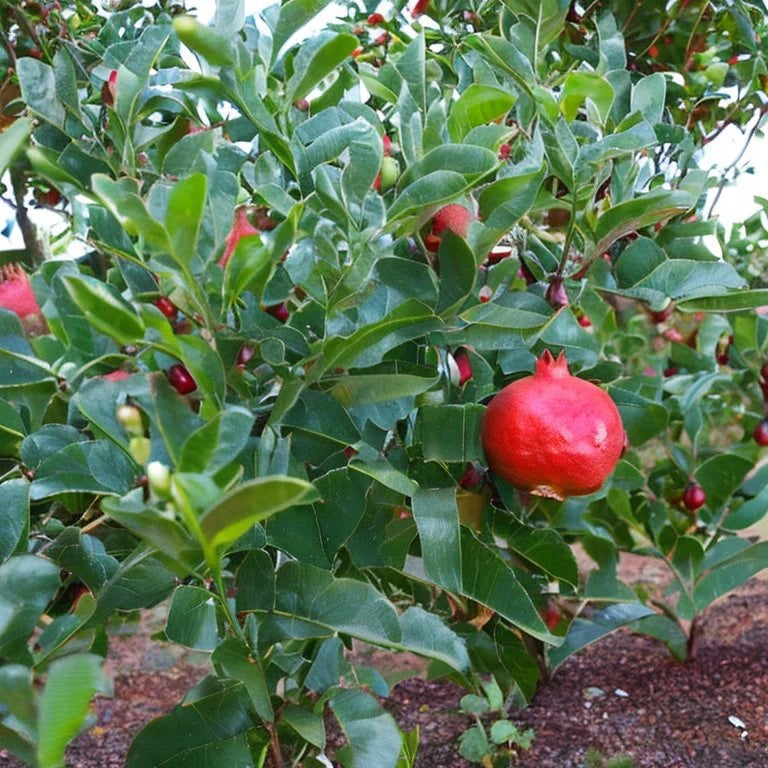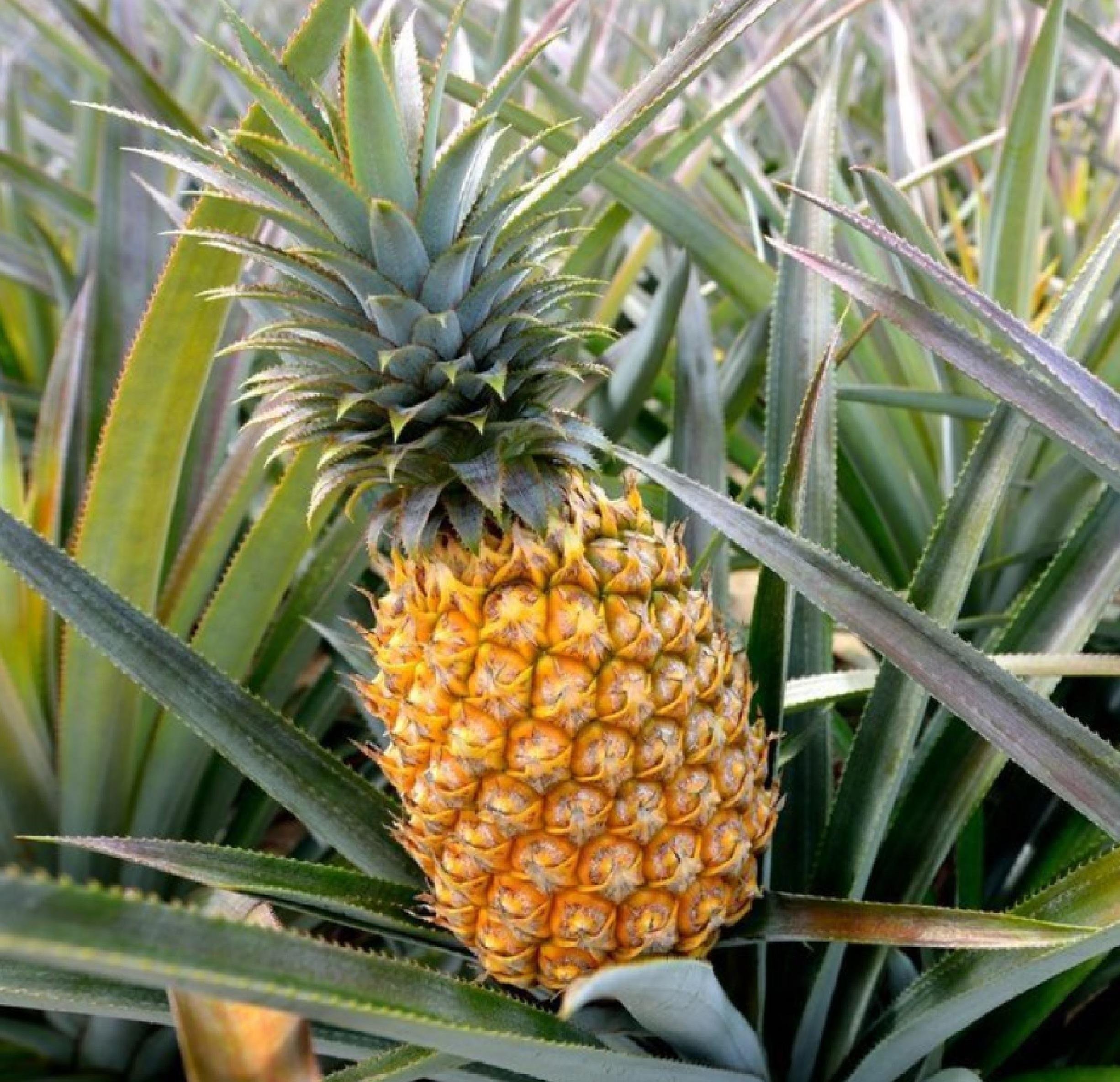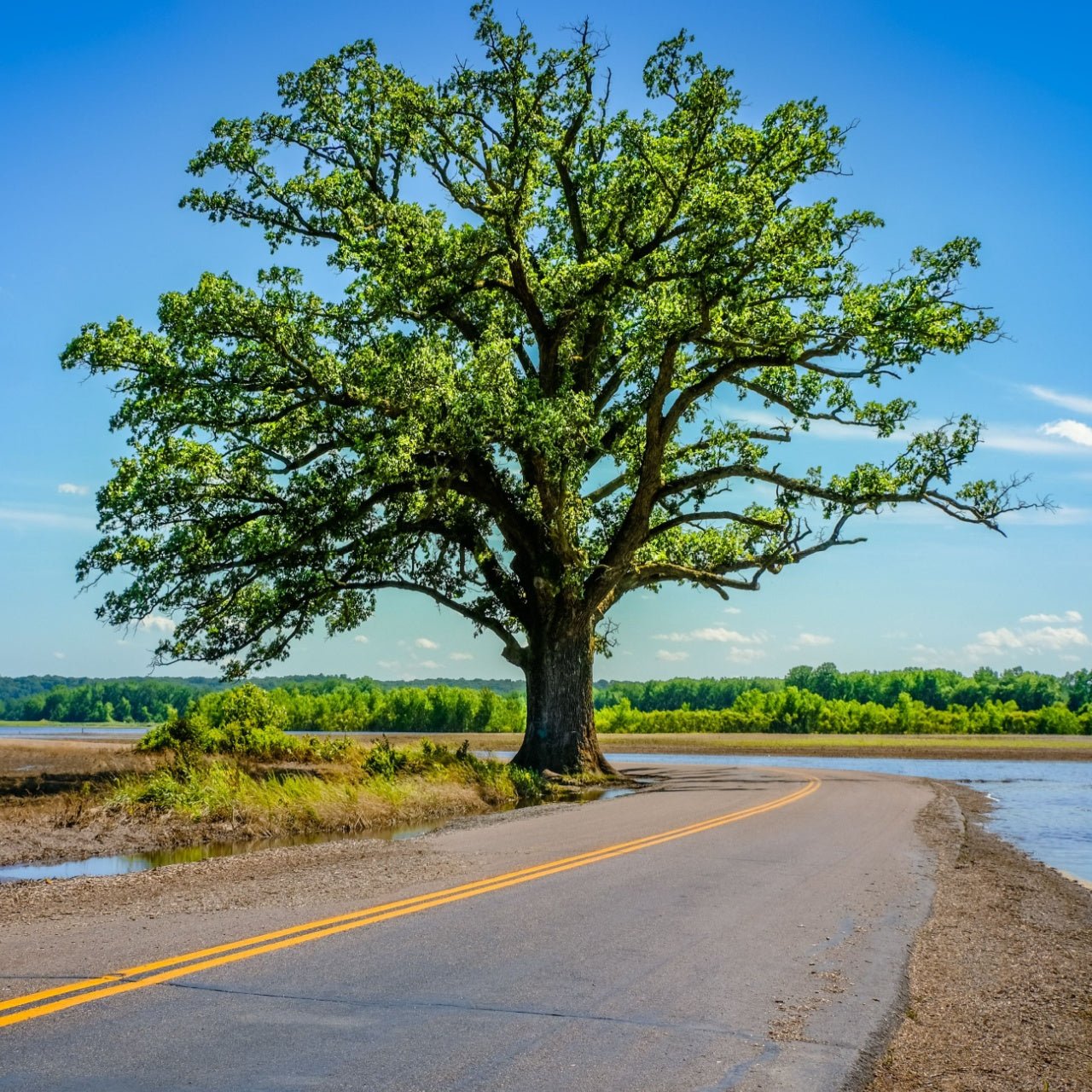
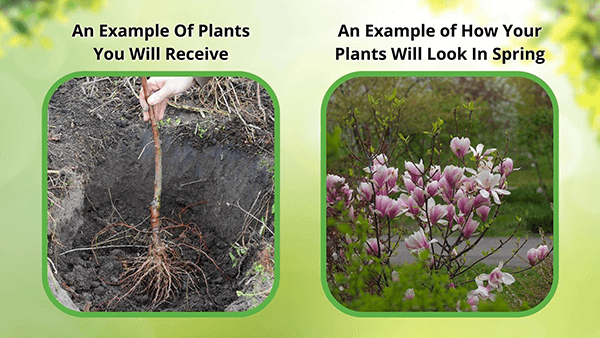
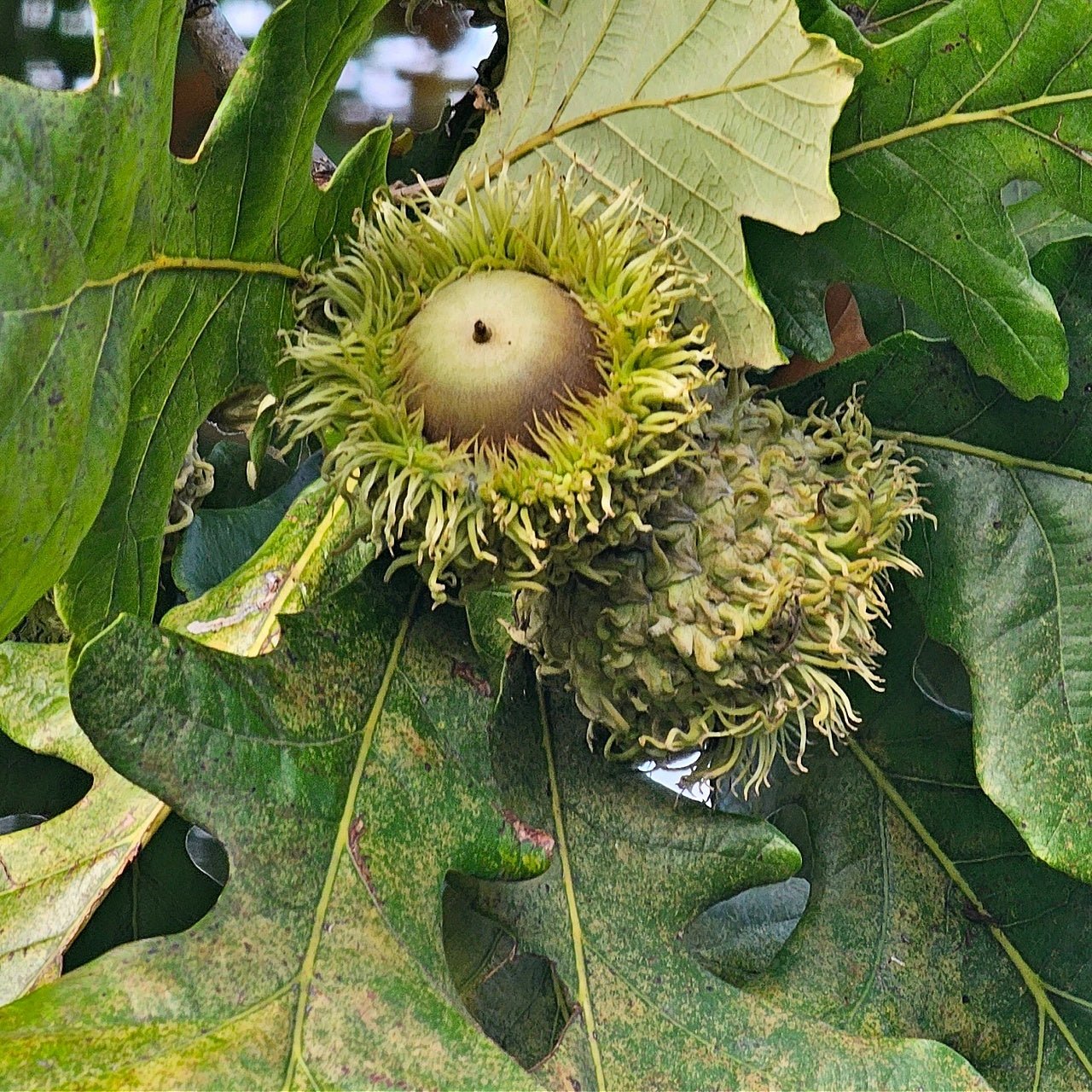
Burr Oak Tree
Thrives in
ZONE 3ZONE 4ZONE 5ZONE 6ZONE 7ZONE 8This plant ships:
Ships Week of May 5th1 Year Guarantee on all plants
Burr Oak Tree - Quercus Macrocarpa
Burr Oak, with its massive girth and long North American history, is a fantastic choice for any garden. It is one of the oldest trees and an eminence symbol. This deciduous wonder, botanically known as Quercus macrocarpa, lives in every kind of habitat, from a field to a town. It's a slow-developer, but its finished glory is well worth the wait, bringing you decades (perhaps centuries) of color and shade.
Conditions of Development and Required Maintenance for the Burr Oak Tree
This tree likes sun and well-drained soil, accepting most soil types, from clay to sandy loam. It's also renowned for being remarkably drought-tolerant once planted, so it is a robust option in zones with uneven rainfall. These types of oak plants need daily watering to ensure profound root growth, but the trees are low-maintenance once fully grown.
Pruning should be sparse to shape the tree and precise off damaged branches. It is best to prune in the dead time to save energy. The bur oak prefers space since its broad branches require distance. You aren't even likely to need to fertilize it, but you can add compost or natural mulch at the tree's base to maintain the health of the soil and help it grow.
The Burr Oak Tree's Effect on Your Garden Ecosystem
Beyond its imposing appearance, the bur oak tree has many ecologically advantageous elements for your garden. Its large, triangular leaves provide a thicket of shade, which is crucial in the summer, as it cools the soil around it and helps it evaporate moisture. The tree grows, and, along with it, other animals, including birds and insects, visit the tree.
Its thick limbs and leaves also feed the soil in their regenerative process, as leaves rot and turn to nutritious soil. A tree planted in your garden will make all the difference in biodiversity and create a micro-ecosystem with plants and animals. It also has an established root system, so it helps prevent soil erosion when there's a lot of rain or wind.
Burr oak is a beautiful investment in your backyard and a long-term plan of sustainability and longevity.
This Is How Your Plants Will Look upon Delivery

Height at Maturity
Over 25 Feet
Care
Burr Oak trees thrive in well-drained soils and require moderate water, especially during dry periods. They are highly adaptable but benefit from occasional pruning to maintain shape. Fertilize annually in early spring to support healthy growth.
Plant Reproduction
Burr Oak spreads through acorns, which fall and germinate
Shipping date depends on the date displayed and chosen when you order from the product's page.
We only accept returns on plants verified dead. If you think your plants have died, we offer a 1 year warranty, please use this File a Claim Link to verify dead plants and start with return warranty process.




Caring Tips
How do I care for my Burr Oak Tree?
Each box contains detailed care instructions and information about your product. But here's the basics.
Care Tips
Burr Oak trees thrive in well-drained soils and require moderate water, especially during dry periods. They are highly adaptable but benefit from occasional pruning to maintain shape. Fertilize annually in early spring to support healthy growth.
Light Requirements
The Bur Oak Tree thrives best in full sun to partial shade. It prefers at least 6 hours of direct sunlight daily but can tolerate some shade, particularly in hot climates. Ensure it gets adequate light for robust growth and optimal health.
Hardy Planting Zones
3 • 4 • 5 • 6 • 7 • 8
Header
Use this content to share information about your store and products.
Frequently Asked Questions
How often should I water my plants?
How do I know if my plant is getting too much or too little sunlight?
What should I do to prepare my plants for winter?
What are the signs that my plant needs fertilizing?
How can I prevent pests from damaging my plants?
How do I choose the right plant for my climate zone?



